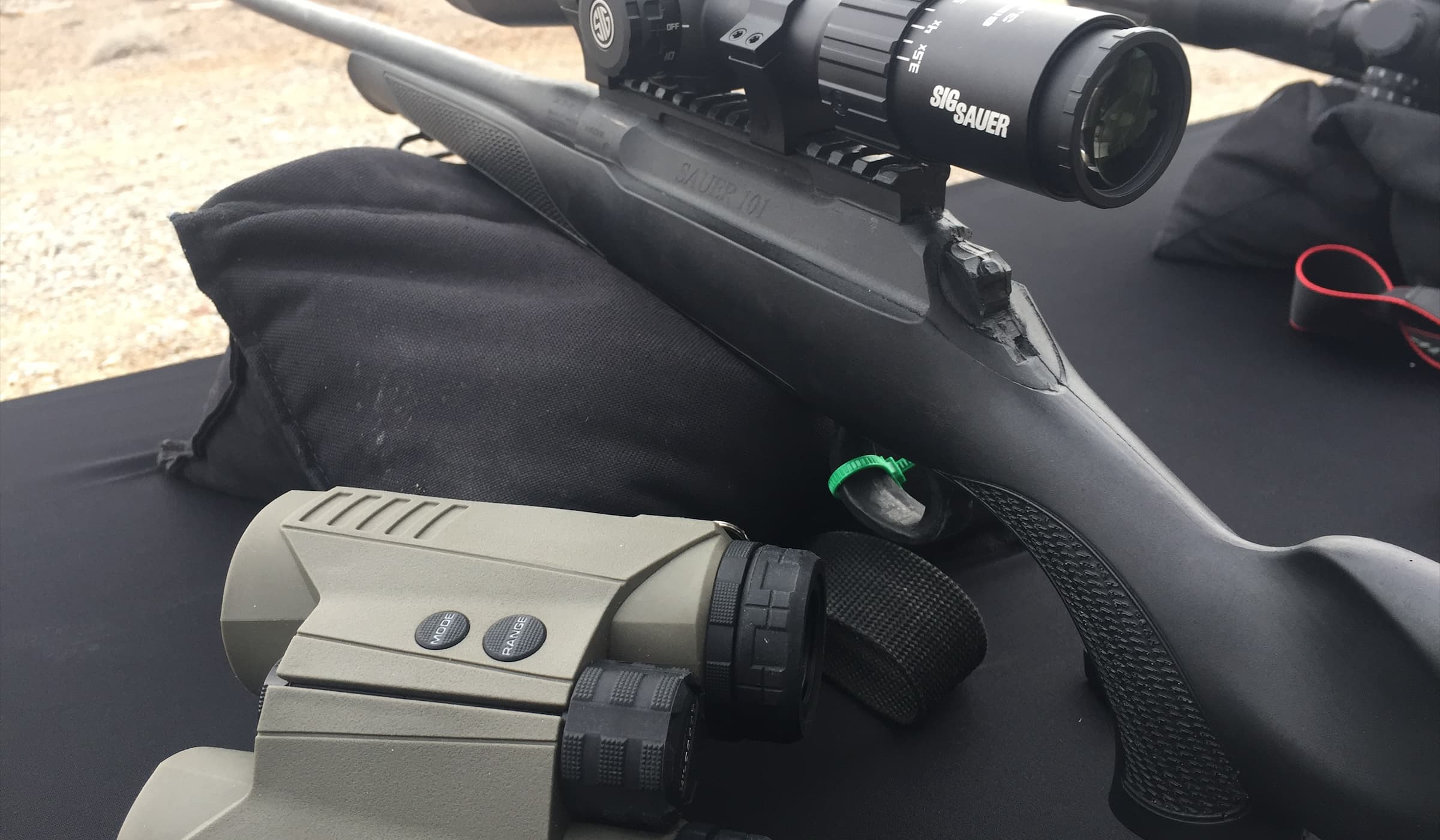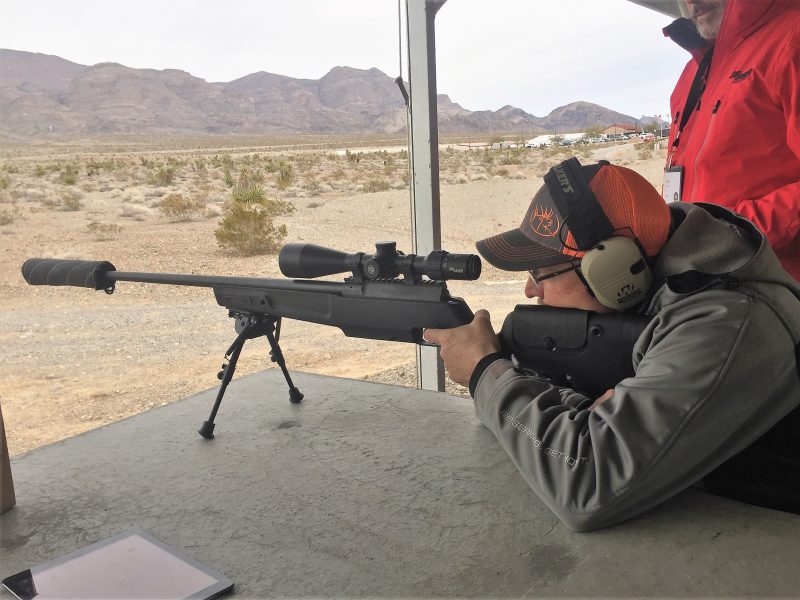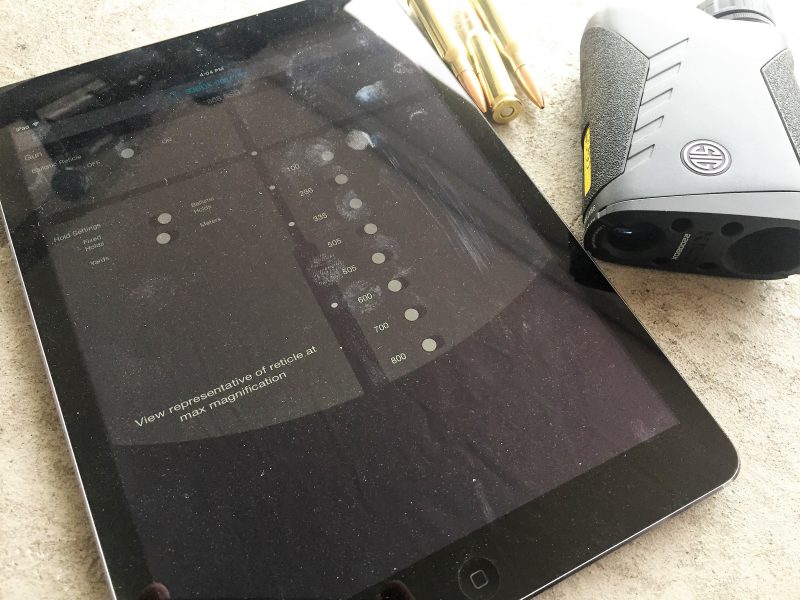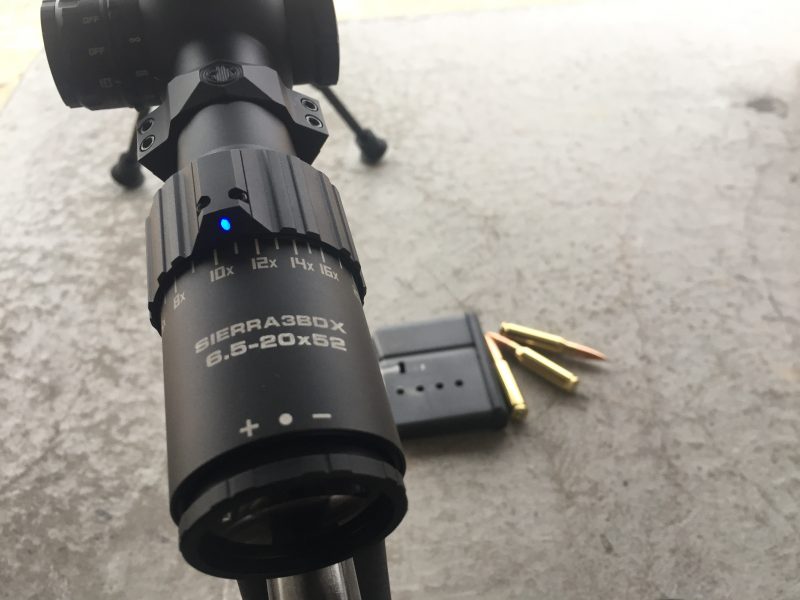SHOT Show 2019: Sig Sauer BDX system – the future of long range is here
Eve Flanigan 01.21.19

Firearms giant Sig Sauer, with US headquarters in New Hampshire, has its own Media Range Days in advance of the Shooting, Hunting, and Outdoor Trades (SHOT) Show each year. This year, the company included in its wares a glimpse of the future of long range shooting—the Sig Sauer BDX, or Ballistic Data Xchange, system.

BDX is anchored around the company’s app of the same name. Like any other ballistic app, it’s ready to build a library of data for each rifle/ammunition combination. But then, it goes full George Jetson, incorporating new technology and new uses for existing tech that in a way that’s nothing short of mind-blowing.

The BDX app can be installed on a mobile device, and loaded with data applicable to current ammunition and environmental conditions. Distance data is collected from the company’s KILO 2400BDX rangefinder or one of its BDX-equipped ranging binoculars. Using Bluetooth, the rangefinder communicates elevation hold information along with, if desired, windage holds, with its paired Sig Sauer Sierra3 BDX scope.

When data is in the Bluetooth pipeline, the reticle in the Sierra3 BDX-equipped scope responds accordingly, illuminating a point on the Y axis at which to hold for a clean, accurate shot. When target distances change, the rangefinding tools are quick to re-calculate and transmit information, and the crosshair-style reticle is equally fast in response. As a Sig Sauer representative focused on synthetic models of game animals at distances up to 500 yards, the reticle responded instantly. The rapidity with which this system is able to transition from one target to another is unprecedented. As I hit steel targets at various and changing distances with near-monotonous accuracy, I realized just how innovative this technology is.
The Sierra3 scopes are a phenom unto themselves, with the reticle on neither the first nor second focal plane, but hovering between them. Without a tactical-type or milling reticle, it’s hard to tell if visibility of the finer points of the reticle will be lost when focusing on objects at extremely long ranges, but Sig Sauer says that won’t happen. And unlike second focal plane scopes, which require holdover changes for various levels of magnification, BDX takes care of that like some ballistic chauffer.

Because the system relies on Bluetooth instead of wifi, there’s no electronic cross-scope interference with an entire firing line filled with BDX-capable rangefinders and scopes. Using only the app on a mobile device, the system is also capable of establishing holdovers without the aid of a rangefinder with a sufficient amount of data on previous engagements in its memory.
Although they’re not currently available, Sig reps say tactical models and extreme long range BDX scopes are on the horizon for the company. Whether shooting alone or with a spotter, these tools are the rifleman’s equivalent to having a copy of the test with correct answers handed to you before the test begins—it makes a once-challenging job seem a breeze. We gun writers are known to poke fun at the overused adjective, “game-changing,” but this product really is. Plan on spending at least $1,000 for a BDX rangefinder and scope combo; more for scopes with higher-magnification and made for larger calibers.

